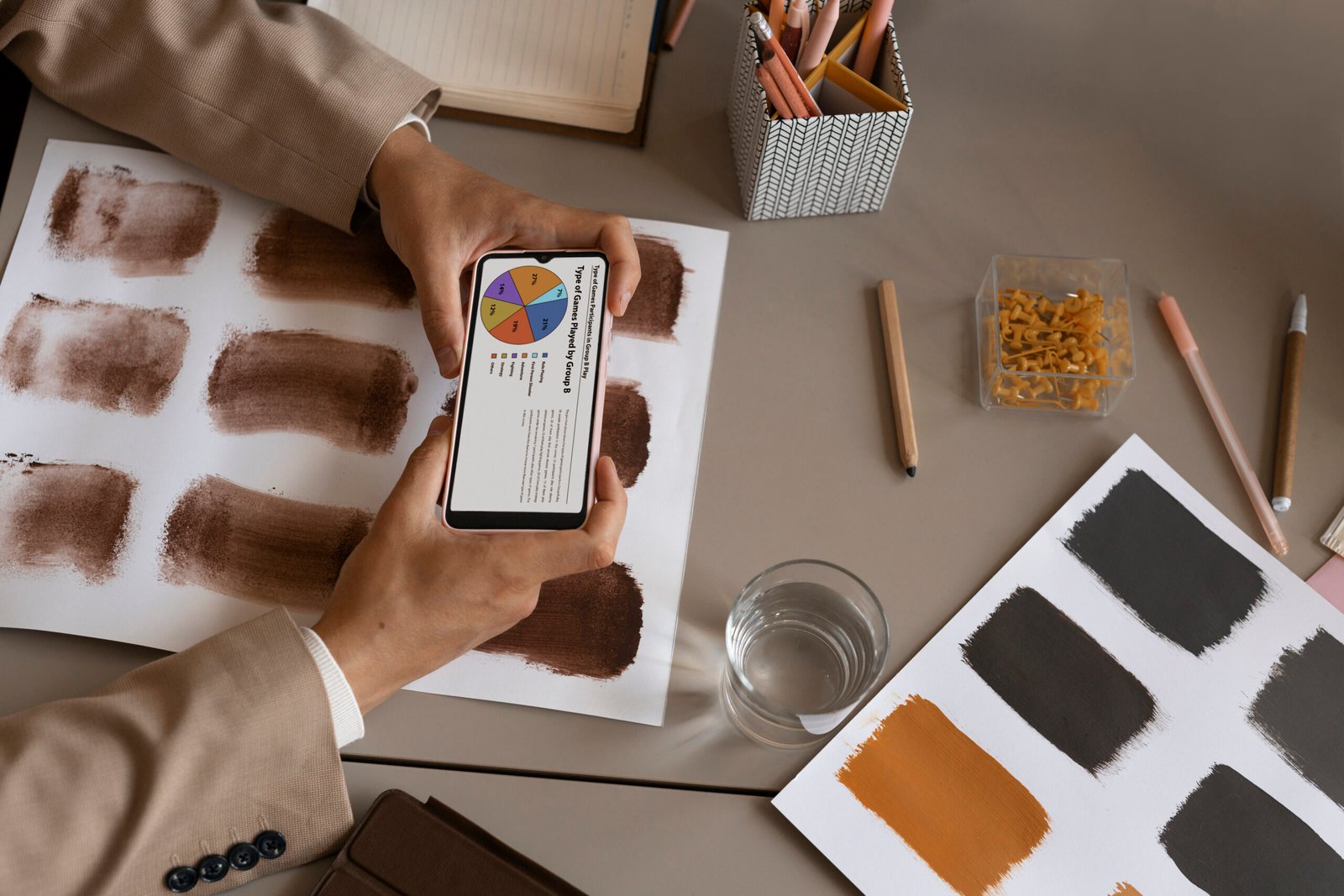Seekcolor is a critical aspect of design that goes beyond aesthetics. It plays a significant role in influencing user behavior, emotions, and overall experience. Color has the power to evoke feelings, direct attention, and even drive actions. In this article, we’ll delve into the importance of color in design, how it affects user focus, and why it’s essential for businesses and creators to leverage it effectively. Understanding seekcolor helps brands create more engaging and impactful designs that resonate with their audience. Whether you’re a designer or marketer, mastering the art of color can significantly enhance your work’s effectiveness. Learn more about color theory.
Color is one of the most powerful tools in a designer’s arsenal. The psychology behind color choices can alter perceptions, trigger emotions, and even influence decision-making. In fact, research shows that up to 85% of people make purchasing decisions based on color alone. This makes understanding seekcolor a necessity for anyone working in visual fields, from web designers to marketers. Read further about color psychology.
Seekcolor and the Psychology of Color in Design
Color psychology is a well-established field that studies how colors impact human behavior. Different colors trigger various emotions and associations, which can influence a user’s perception of a product or website. For example, blue is often associated with trust and calmness, while red can invoke urgency or excitement. By understanding these psychological effects, designers can strategically use color to guide user behavior, improve engagement, and create a more pleasant experience. Discover more on color psychology.
Key Points:
-
Blue: Associated with trust, calmness, and professionalism. It’s often used in corporate branding to establish authority and reliability. Read about blue’s effect on brands.
-
Red: Evokes urgency, excitement, and passion. Red is a common choice for sale signs or promotions. Explore the impact of red.
-
Green: Represents health, growth, and nature. It’s frequently used by brands in the health or environmental sectors. Learn more about green’s meaning.
-
Yellow: Symbolizes optimism, happiness, and energy. However, it should be used sparingly, as it can be overwhelming in large quantities. Find out how yellow affects branding.
How Seekcolor Impacts User Focus
The strategic use of color, or seekcolor, can greatly enhance focus and attention on a webpage or app. By using contrasting colors or vibrant hues, designers can highlight important sections and guide users’ eyes to the most critical elements. For instance, a call-to-action button in a bold color like orange can capture immediate attention, increasing the likelihood of clicks. On the other hand, subtle tones in the background can create a calm and distraction-free environment that allows users to concentrate on the task at hand. Learn more about visual hierarchy.
For example, if a website uses a monochrome or muted color scheme for the body text and background, a bright, contrasting color can be used for elements such as buttons, icons, or important notifications to draw attention. This not only makes the design more visually appealing but also improves functionality by ensuring the most crucial elements are easily identifiable and noticeable. Read more about improving focus with design.
Statistics:
-
85% of people make decisions based on color alone. See more statistics on color.
-
Colors can increase brand recognition by up to 80%. Explore the data on color recognition.
Seekcolor and Its Role in Improving User Experience
Incorporating seekcolor into the user interface design can significantly enhance user experience (UX). Colors aren’t just about looking good; they can guide users, make navigation intuitive, and reinforce brand identity. When users see a consistent color scheme across a website or product, it creates a sense of familiarity and trust. Additionally, colors can be used to signal interactivity, such as buttons or links, encouraging users to take action. Learn about improving UX with color.
For example, using color to differentiate clickable elements from non-clickable elements makes it easier for users to navigate through a website. Designers can also use color to indicate states, such as hover effects or active selections, helping users feel more in control of their interactions. Find out more about interactive color design.
Best Practices:
-
Use a consistent color palette to create a cohesive design. Read about color palettes for UX design.
-
Ensure enough contrast between text and background for readability. Explore tips for contrast and readability.
-
Use accent colors to highlight important elements like buttons and links. Learn about accent colors in design.
-
Keep in mind colorblind users by ensuring your design is accessible with color choices. Find tips on accessible color design.
Seekcolor and Brand Identity
Colors play a vital role in creating a memorable brand identity. Think of companies like Coca-Cola or McDonald’s; their color choices are instantly recognizable. When a brand carefully selects its colors, it helps establish a unique identity that resonates with its target audience. Seekcolor can also contribute to brand loyalty by evoking the right emotions and making the brand feel more relatable. By aligning colors with brand values, businesses can create a deeper connection with consumers. Explore how color shapes brand identity.
Example:
-
Coca-Cola’s red evokes excitement and energy, aligning with the brand’s lively and fun personality. Discover Coca-Cola’s branding strategy.
-
Starbucks’ green represents growth, health, and sustainability, reflecting their commitment to the environment. Learn about Starbucks’ branding.
These companies’ color choices have become iconic, and consumers often associate them with their values, products, and overall brand experience. As you choose colors for your brand, consider what emotions and messages you want to convey to your audience. Learn more about choosing the right brand colors.

